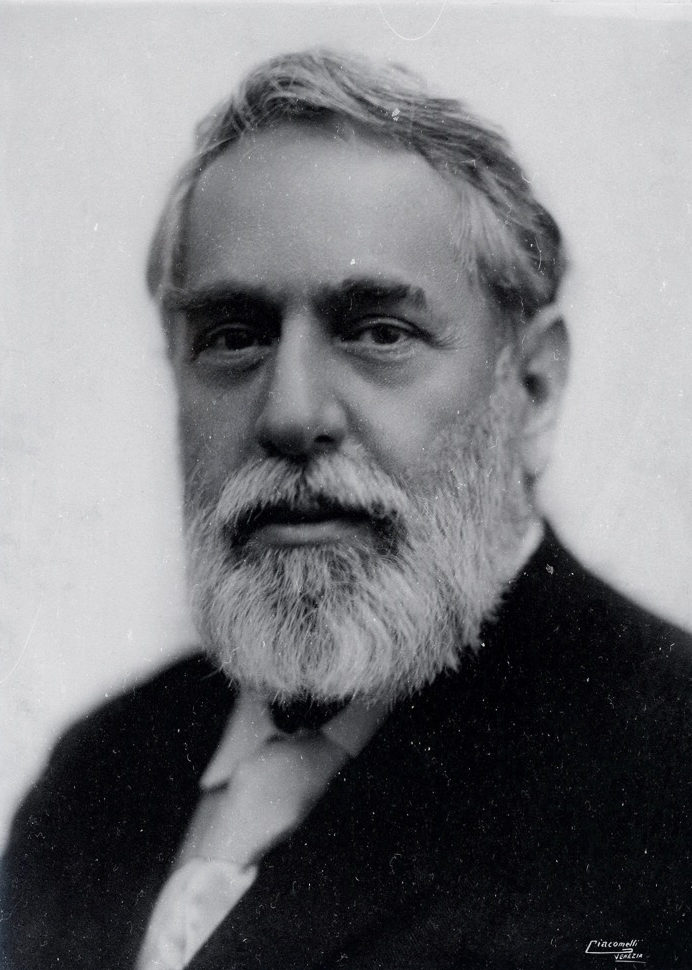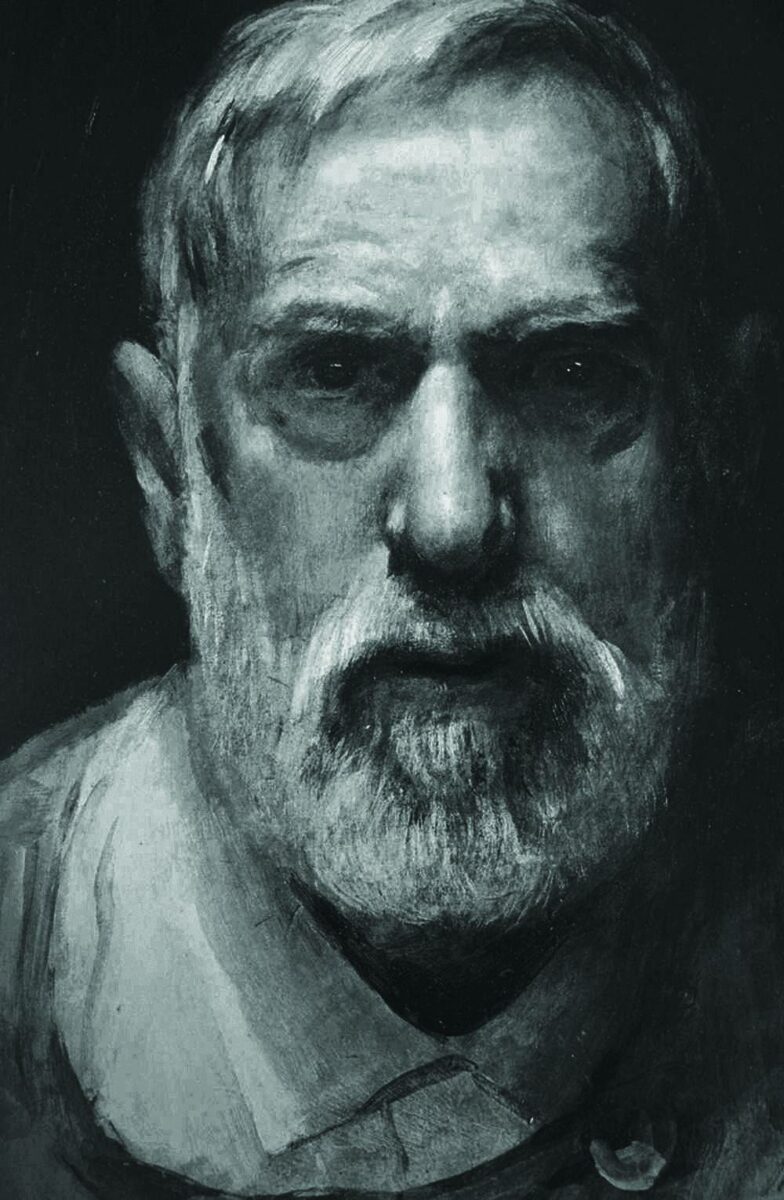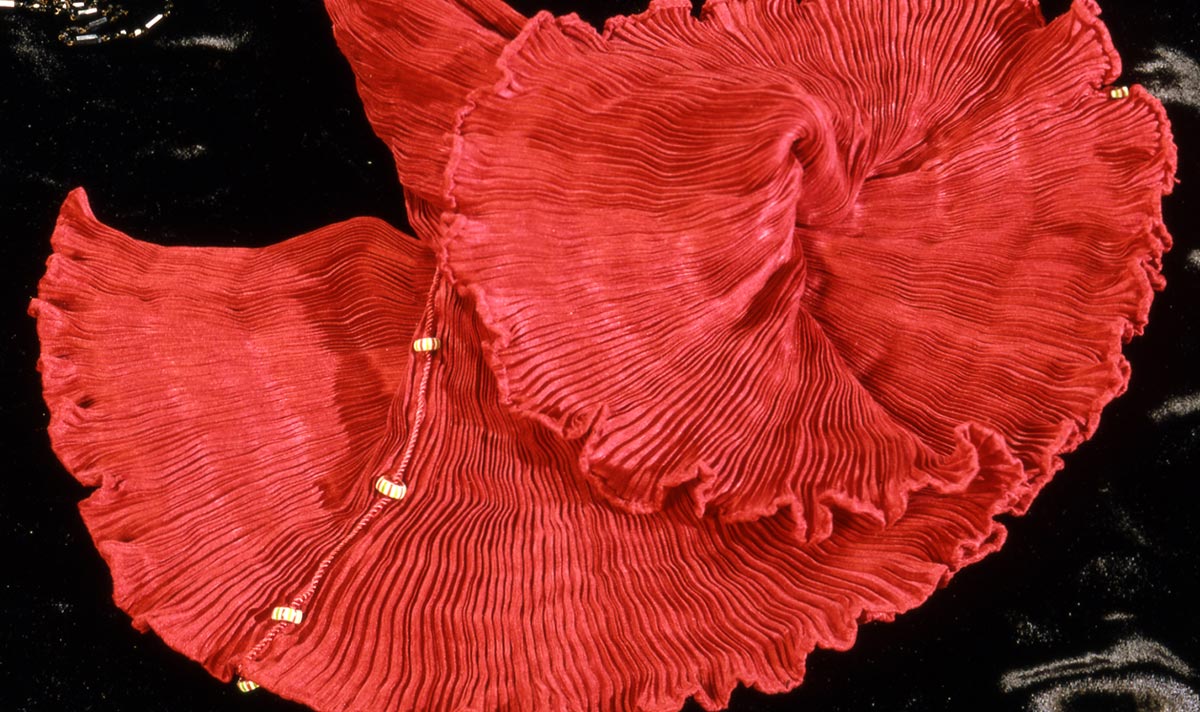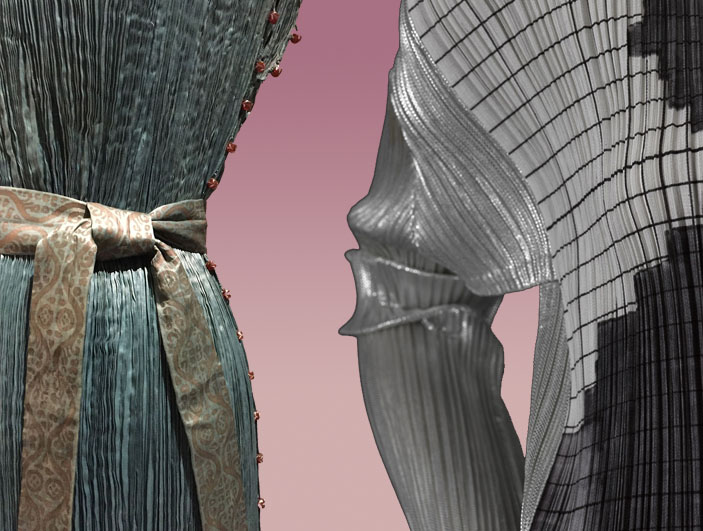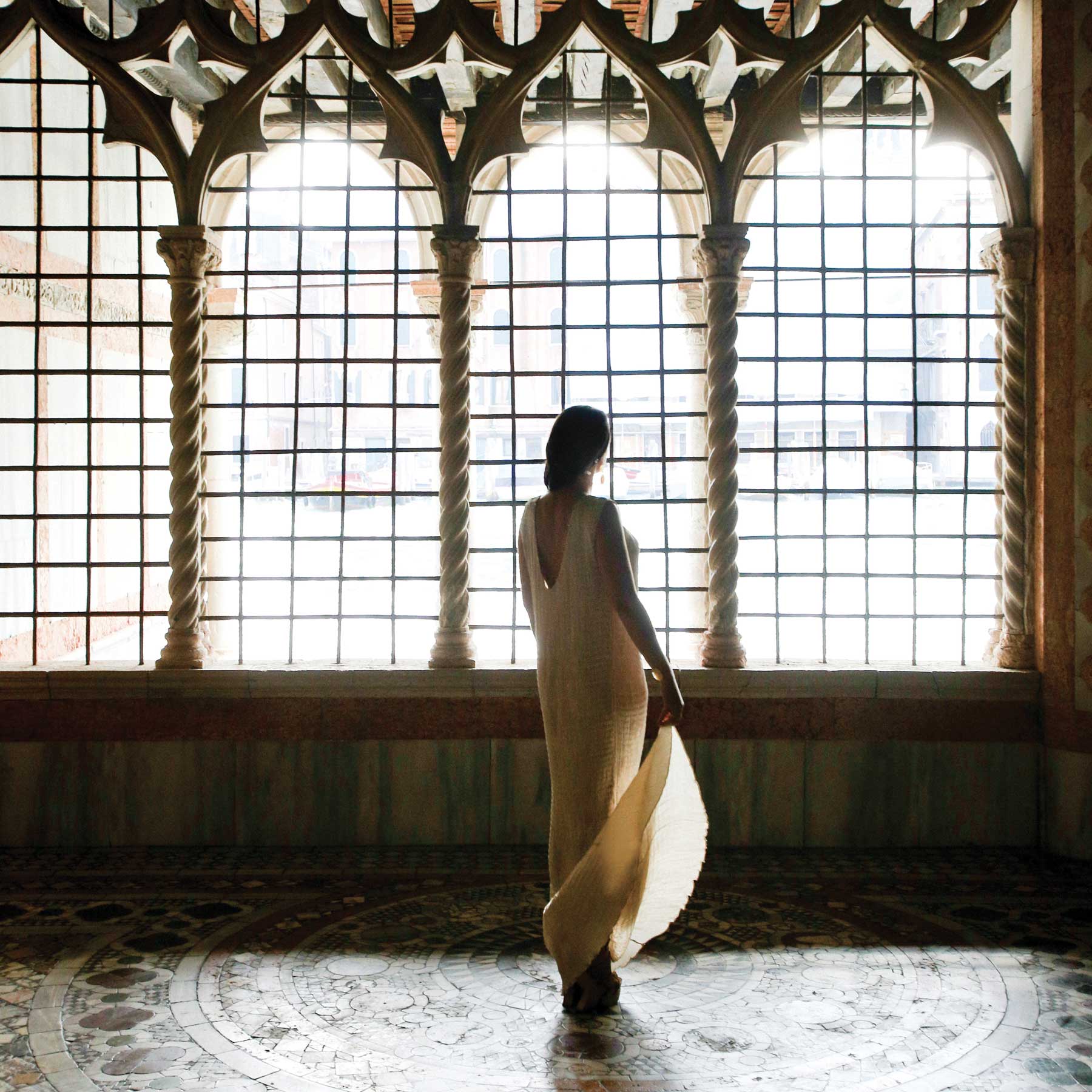Working is something active. There is no such thing as inactive work. One part of visible work can depend on two intellectual parts, just as two parts of visible work can depend on one part of intellectual work. Visible work can immediately be recognized by the proportion of intellectual work it depends on. No artifice in the world can prevent the source of a work to be revealed. Every work is a son who always acknowledges his father.
Mariano Fortuny
A family of artists and collectors, an innate curiosity and a humanist spirit devoted both to creative experimentation and to scientific research helped define the myth of the Twentieth Century Leonardo da Vinci. With his multitude of talents and interests, Mariano Fortuny perfectly embodied the Wagnerian concept of the total work of art, a doctrine underlying all his inventions that were unique combinations of styles and influences drawn upon the past or distant cultures and places but made with the latest and most innovative technologies. Although he was mainly known for his high fashion garments and his fabrics, he was also a painter, etcher, photographer, set designer, creator of electric lamps and furnishing and a theatrical lighting revolutionary. From 1901 to 1934, he registered more than 20 patents in Paris, including the design of the Delphos gown, which he attributed to his wife and muse Henriette Negrin, met in the French capital in 1902, and a new method of printing on textiles he had invented.
Venice played a fundamental role: it was a cosmopolitan city, where the Western culture met the Eastern one, and thus the perfect homeland for a man who had experienced art and travel since childhood. There Mariano Fortuny and Henriette settled their atelier, a workshop located on the top floor of Palazzo Pesaro degli Orfei – later turned into a museum – in which some of the most extraordinary fashion and design creations of the twentieth century took shape. Their pleated silk dresses, velvet coats and ethnic shawls are the expression of a timeless style, so much so that they can be worn today as sophisticated contemporary garments, without being considered period costumes. The same innate modernity can also be found in the lamps Mariano designed, which are still chosen by international architects and designers as precious pieces of furniture.
Mariano Fortuny and Henriette bequeathed an unparalleled creative heritage to Venice and to the whole world, conveying a conception of art as the ultimate life purpose and a noble vocation, necessary to improve and enrich the reality that surrounds us.


